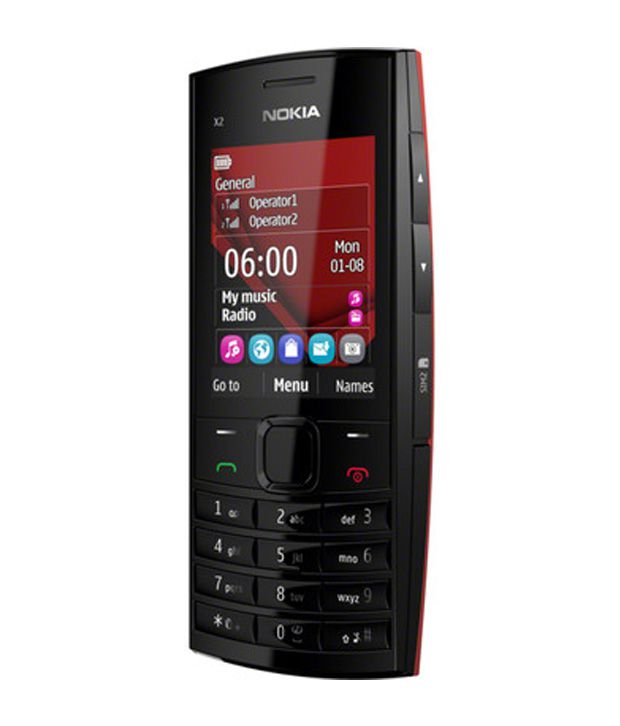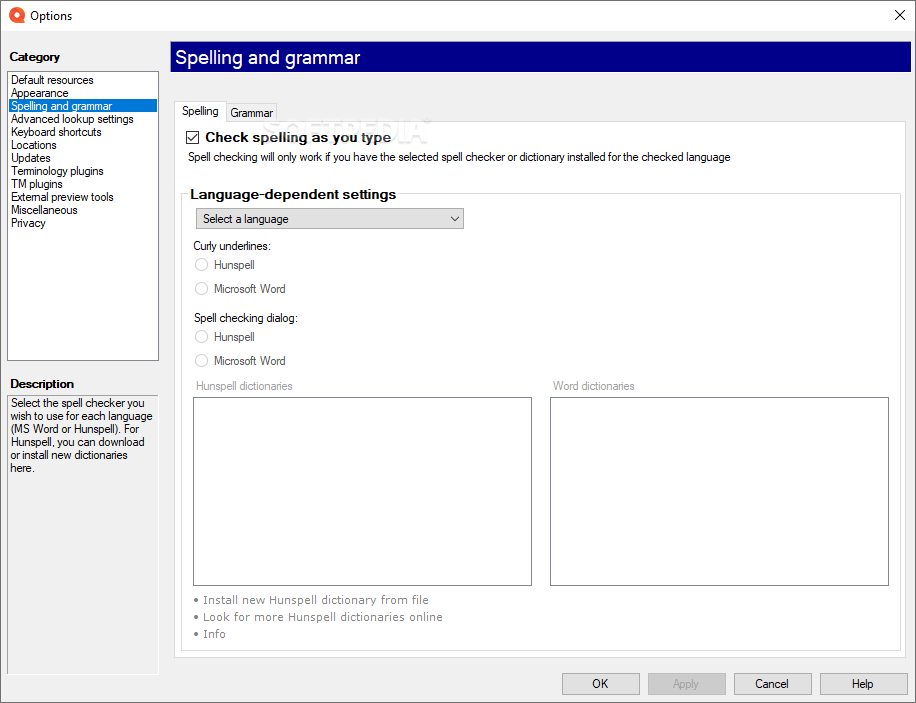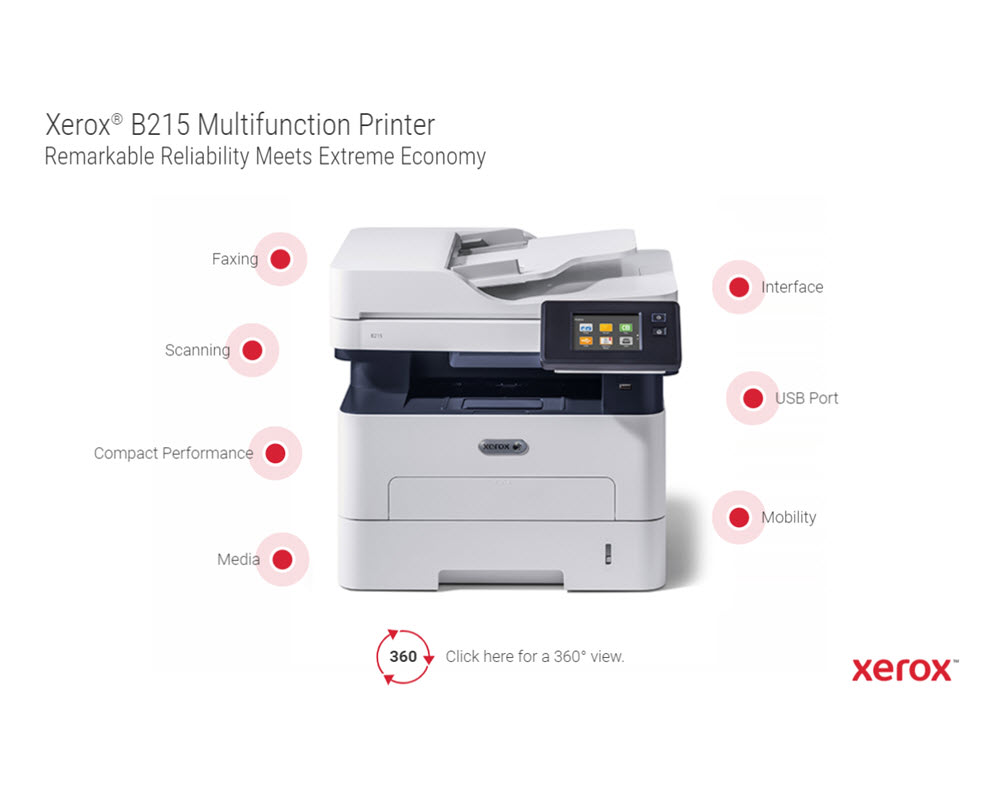Esonic MemoQ MR – universal digital voice recorder. Battery power supply by means of power bank adapter enables operation for 72 hours! Automatic call recorder Esonic BR20 with a great sound quality. Recording landline and mobile phone conversation – See: Easy-to-read LCD display facilitates configuration of the device. MemoQ is an application offering a robust set of translation features, making it perfect for professionals that handle several projects on a daily basis but also suitable for occasional users and beginners. The tabbed interface was designed to be. MemoQ translator pro is a comprehensive translation tool to boost productivity, quality and maintain consistency. Created by translators for translators. MemoQ translator pro is a computer-assisted translation environment tool which runs on Microsoft Windows operating systems.


To download memoQ, open the memoQ.com website, and in the top right corner, click Downloads. The latest memoQ version will be at the top of the list. Find “memoQ 9.4 ” further down that list. Click the arrow to the left of the name to expand the row.

Download Memoq Mobile Phones Download
The Users and Groups tabs allow you to create, manage and delete users and groups from within your web browser.
When you sign in to memoQWeb, and you are a member of the Administrators group, then the Admin tab is automatically displayed. If you are a member of the Administrators and Project managers groups, then also the Admin tab is displayed after signing in to memoQWeb.

Download Memoq Mobile Phones Unlocked
The User tab allows you to manage the list of users who are entitled to access the resources (translation memories, term bases, etc.) and projects published on the memoQ server. Here you can create new users, and modify the details of existing users, including their group membership. It is also possible to delete users who will no longer have access to the server. To add a new user, click Add users above the list. To edit an existing user, right-click the name of a user, and choose Edit. To search for a user, enter part of a user name in the Search field. Use the arrow buttons (e.g. next to User name in the screenshot) to sort the user table by user name, full name, language pairs or e-mail address. •Ops column: Hover over the Ops column, next to a user name, to make the operations visible. When you check the Ops check box in the column header, then all users are selected at once. oEdit: Click this button to modify the details of the selected user. The User properties dialog appears, containing the details of the user. You cannot rename the user here: you cannot change the login name. Otherwise, you can make any changes and confirm them by clicking Save. Note: If you click the Edit button for a Language Terminal user, the User properties dialog options are all grayed out, except for adding or removing the user to a group. oReset password: Click this button to reset the password of a user. Password reset is not possible for SSO user accounts (SAM/AD/LT). If a user has forgotten his password, he can click the link on the memoQWeb sign in page to request a new password. The user needs to enter his memoQ server user name and the user will receive a notification e-mail with a link to the memoQWeb page where they can enter a new password. oDelete: Click this button to delete one or more selected users. You need to confirm the deletion. Click Yes if you want to proceed with the deletion. Deleting users cannot be undone: Confirm the deletion only if you are absolutely sure that you know what you are doing. Note: When you delete a user, the user is removed from the Users tab, removed from any granted resource permissions and from implicit project permissions. Important: You can also delete the initial admin user. Sometimes, this might be appropriate for security reasons. However, make sure that there is at least one user with the Administrator role in the system. Otherwise, it will no longer be possible to administer the server. Note: Do not delete a user if you want to exclude them from the server only for a short period of time. In this case, you can disable their login permission. To do this, modify the details of the user (by selecting the corresponding row, and clicking Edit), and check the Disabled check box. •User name: This column shows the user name used for logging the given user to the server. The user needs to specify this name whenever prompted by the server. •The next column shows the user/group types: •Full name: This column contains the full user name and in parenthesis whether the user is active or inactive (was disabled) or locked or password pending; it can also be combined e.g. active, password pending. Click the Edit icon to enable or disable user access. •Language pairs: This column displays the language pairs that the user can work with. Languages are represented by three-letter ISO codes. •E-mail address: This column indicates the e-mail address of the user. memoQ server uses this e-mail address to send e-mails through e-mail notifications. •The last column indicates the package workflow for the user to specify whether the user is allowed to work with packages, can check out an online project or is allowed both. oThe icon for both is: oThe icon for packages only is: oThe icon for online only is: Users you delete are not physically deleted from memoQweb. Celestron driver download for windows. You can even view them: they will appear on the list if you check the Show deleted users check box next to the search box. Managing users: the context menuWhen you right-click a user, a context menu appears with frequent actions you can perform on users: Note: You can select one user or more users to edit them in a batch process. •Edit: Opens the Edit user page to edit a user, such as the e-mail address. •Group membership: Invokes the Change group membership page. Change the group membership of the selected user(s), e.g. adding a group membership to grant more rights like the Publishers group to allow a user in the Translators group to publish resources such as a translation memory on your memoQ server. •Enable: This context option is only available if one of the selected users is disabled. Invokes a Yes/No dialog to activate a disabled user. Please note that users who just created a new password or have reset their password will not be enabled. This is to avoid user accounts unprotected by password. •Disable: This context option is only available if one of the selected users is enabled. Invokes a Yes/No dialog to disable all selected users. Disabling means to not delete the user, but to make him inactive, i.e., cannot log in to the memoQ server or memoQWeb. •Reset password: Invokes a Yes/No dialog to reset the password of the selected user(s). A notification e-mail is sent to the user(s) with an individual link to create a new password. •Delete: Invokes a Yes/No dialog to delete the selected user(s). This operation cannot be undone. Exporting the user listClick the Export to CSV icon to export the list of all users into a CSV file. The Exporting users to CSV dialog appears, and after a while, it displays the Download CSV file with users link. Click the link to download the file. To view or edit this file, use Microsoft Excel. Only users who exist on the server itself, and only users that you can see: memoQweb does not export users who are registered in a different place such as Language Terminal or a Windows domain. And if you are a subvendor manager, you can only export the members of your organization. If you own the server, but it contains subvendor organizations, you will not be able to see or export the users who belong to subvendors. The CSV file has the following columns: username, full name, e-mail, address, phone number, mobile phone,package workflow setting, language pairs, group membership; whether or not the user can edit information in memoQweb; whether or not the user can edit language properties in memoQweb; whether or not the user is disabled. Click the Download link to download the CSV file. Click Close to close the Exporting users to CSV window. |
Groups tab
The Groups tab allows you to manage the list of groups who are entitled to access the resources (translation memories, term bases, etc.) and projects published on the memoQ server. Here you can create new groups, modify the group description, and add or remove users in the group. It is also possible to delete groups. Check the Show deleted groups check box to display all deleted groups. Drivers Pocket Neurobics USB devices. Click the Add group button to add a new group: •Ops (Operations) column: The most important section of the Group management pane is the list of groups list where you can view the name, the description and the disabled status of each group. Hover over the Ops column, next to a group name, to make the operations visible. oEdit: Click this button to edit a group. oDelete: Click this button to delete a group. •Name column: The group names are displayed. There are the following built-in groups: ▪Administrators: Members of this group can perform all possible operations on the server. If you are member of the Administrators group, you can create and delete users, reset passwords, create and delete groups, share resources, create and manage remote projects, control mobile licenses, and change the server configuration. The administrator can also add the user to a group on the memoQ server. If the administrator specifies no groups, the user will be member of the Everyone group. ▪Project managers: Members of this group can perform project-related operations on the server. If you are member of the Project Managers group, you can share resources, and create and manage remote projects. Project managers cannot create or delete users with project manager rights and higher, control mobile licenses, or change the server configuration. ▪Translators: Members of this group can access resources and check out remote projects from the server. If you are member of the Translators group, you cannot share resources, create or manage remote projects, or manage users, mobile licenses, or the server configuration – basically nothing that would affect the general behavior or the configuration of the server. ▪Everyone: All users on a memoQ server are automatically members of this group. The Everyone group has no permissions, but you can give resource-level permissions to the group. However, even if the Everyone group has permission to access a particular resource, the resource is not available to everyone on the network, only to those who manage to log on to the server using a user name and a password. In other words, the Everyone group covers all users that have been successfully authenticated. ▪Terminologists: Regarding server-level permissions, this group is equivalent to Translators, with no privileges to change overall server behavior or configuration. This group can be a basis for a logical grouping of users, so that the project managers will be better oriented to choose a user for a particular role in a project. ▪memoQWeb external users: Members of this group have access to qTerm, Kilgray's online terminology management tool, and memoQWebTrans, Kilgray's browser-based translation environment. ▪memoQWeb priority: Members of this group have priority access (being granted a CAL license). When your organization uses CAL licensing, then members of this group are granted a translator pro CAL license, and a user who is using a translator pro CAL license is being kicked out instead. ▪Publishers: Members of this group can share resources on the server. If you are a member of the Administrators or Project managers group, you can also publish resources on a server. Is a user not member of the Administrators or Project managers group, he can only share resources of the groups he is a member of. ▪Language Terminal vendors: All users that are registered on Language Terminal as internal or external vendors. Important: Users in a remote project have specific roles. The groups on a memoQ server are completely independent from the project roles, with one exception: remote projects must be created by a member of the Project managers or the Administrators group. In other words, the project manager in a remote project must always be a member of the Administrators or the Project managers group. The Description column shows a description for a group, if entered. The following column shows the user/group types: |

